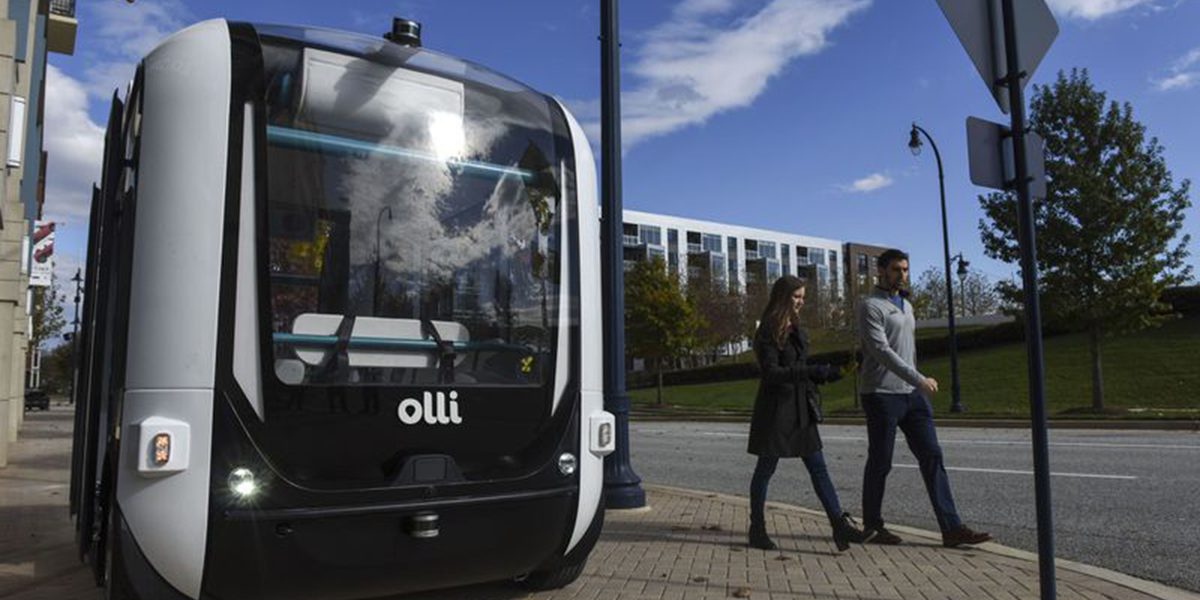The goal of MAGIC’s Autonomous Corridor Project is to increase connectivity in the Westminster community by attracting new businesses and innovators, as well as creating careers and research opportunities, to its virtual twin infrastructure built upon the City of Westminster’s investment in municipal gigabit fiber. The project aims to also connect parts of the community which are otherwise cut-off from Downtown Westminster or shopping centers along Route 140, as a result of a lack of public transportation options and other socio-economic factors, by creating an autonomous shuttle system. Developing Autonomous and Smart City technologies will bring more businesses and residents to the area while increasing the quality of life of its current residents.
Phase One of the Autonomous Corridor project will be the scanning of several routes of the city of Westminster to train autonomous shuttles on Westminster’s specific topography, all-weather road conditions, and traffic patterns. Dynamic Dimension Technologies (DDT) will be providing VR simulation software, known as VxSIM, that will be used to create the autonomous corridor’s 3D environment. DDT, headquartered in the City of Westminster, is a Small Business Innovation Research (SBIR) company that has been developing autonomous systems’ virtual testing environments for the U.S. Navy autonomous amphibious vehicle program, among others. At the same time, Westminster’s local Institutions of Higher Learning (IHLs), such as McDaniel College and Carroll Community College, will develop workforce and undergraduate/graduate training for the different careers that these technologies will create. Carroll County Public Library, while also assisting with research and planning, will develop programs based on autonomous technologies.
As a tentpole of MAGIC’s “Silicon Main Street” technology-driven economic development plan for the City of Westminster, the Autonomous Corridor project seeks to discover and resolve various socio-economic, walkability, and transportation/parking infrastructure gaps in the Westminster community that limit connectivity. Additionally, we will be evaluating concerns surrounding social distancing in these autonomous shuttles in times of pandemic. The broader outcomes of the Autonomous Corridor project are expected to include a reversal of the flow of commuters from the region while attracting new businesses that will want to develop new technologies upon the virtual twin city infrastructure, as well as the creation of new STEM programs for Carroll County Public Libraries, Carroll County Public Schools and other area students. For example, CCPS recently received a grant from the National Inventors Hall of Fame to distribute up to 500 Optibots to elementary school students. These tiny instructional robots provide the perfect primer for teaching students about the technologies used in the Autonomous Corridor Project. MAGIC (an official CCPS partner) and DDT will be speaking with CCPS students this semester to explain these similarities and engage students in the planning phase of the project.
We believe this virtual twin infrastructure will bring prosperity and innovation to the Westminster community, future-proofing its infrastructure for further smart city technologies. MAGIC and its partners will be evaluating additional applications and benefits of such a 3D environment in areas of public safety and planning for the city and county, and for unmanned aircraft and urban air mobility within the airspace surrounding the Carroll County Regional Airport.




